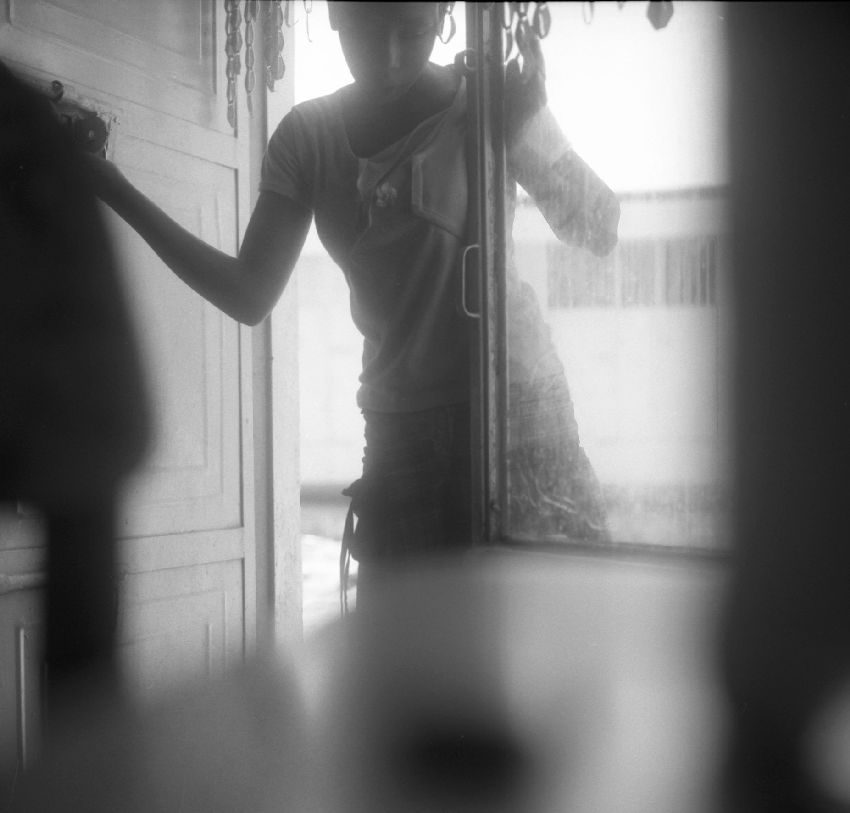25.09.21 - 16.01.22
dans la salle
Plossu. La Belgique l’air de rien
Bernard Plossu is a regular at the Museum of Photography. He exhibited at the Museum in 2007. The exhibi- tion, called So long, recalled his existence in the United States in the years 1970-80. In 2011, his photographic assignment to Charleroi inaugurated a cycle of assign- ments about the city entrusted to five authors.
He is among the most important and influential French photographers and made many trips to Belgium from 1980 until today. During his visits, he casually took black and white photographs, “seemingly unconcerned”, in Antwerp, in Ghent, at the coast, in Brussels, in Liège, in Charleroi ... in town or country.
The book Plossu, La Belgique l’air de rien is soon to be published in French and Dutch. The book accompanies the exhibition and its author, Bernard Marcelis, a historian and art critic, analyses Plossu’s work: “His pictures are made of open or closed perspectives, huge horizons, fragmented roads, tunnels and passages, superimposed planes produced by the photos taken through the windows of a train, car windows, the windscreen of a lorry or even the bay windows of a coffee shop or its large mirrors. They have a cinematographic dimension, with travelling shots suggested by the cables of the catenaries laid out in parallel, the vertical rhythms shaped by pylons or other streetlights. Some pictures are unvoluntary architectural compositions (the Charleroi underground network); others are perfectly controlled (such as the Liège-Guillemins railway station by Calatrava). They all come together to form a structured composition. As always, light plays a crucial role, particularly the time between dusk and dawn, when the still pale beams of ever-increasing car headlights glimmer on the roads made slippery by the rain [...]”
Many of his black and white photographs were printed according to the Fresson process, a four-colour, pigment printing technique to which Plossu is attached, offering colours to the flat landscape of the “Plat Pays”.

